
How – and why – the school centers leadership in all it does
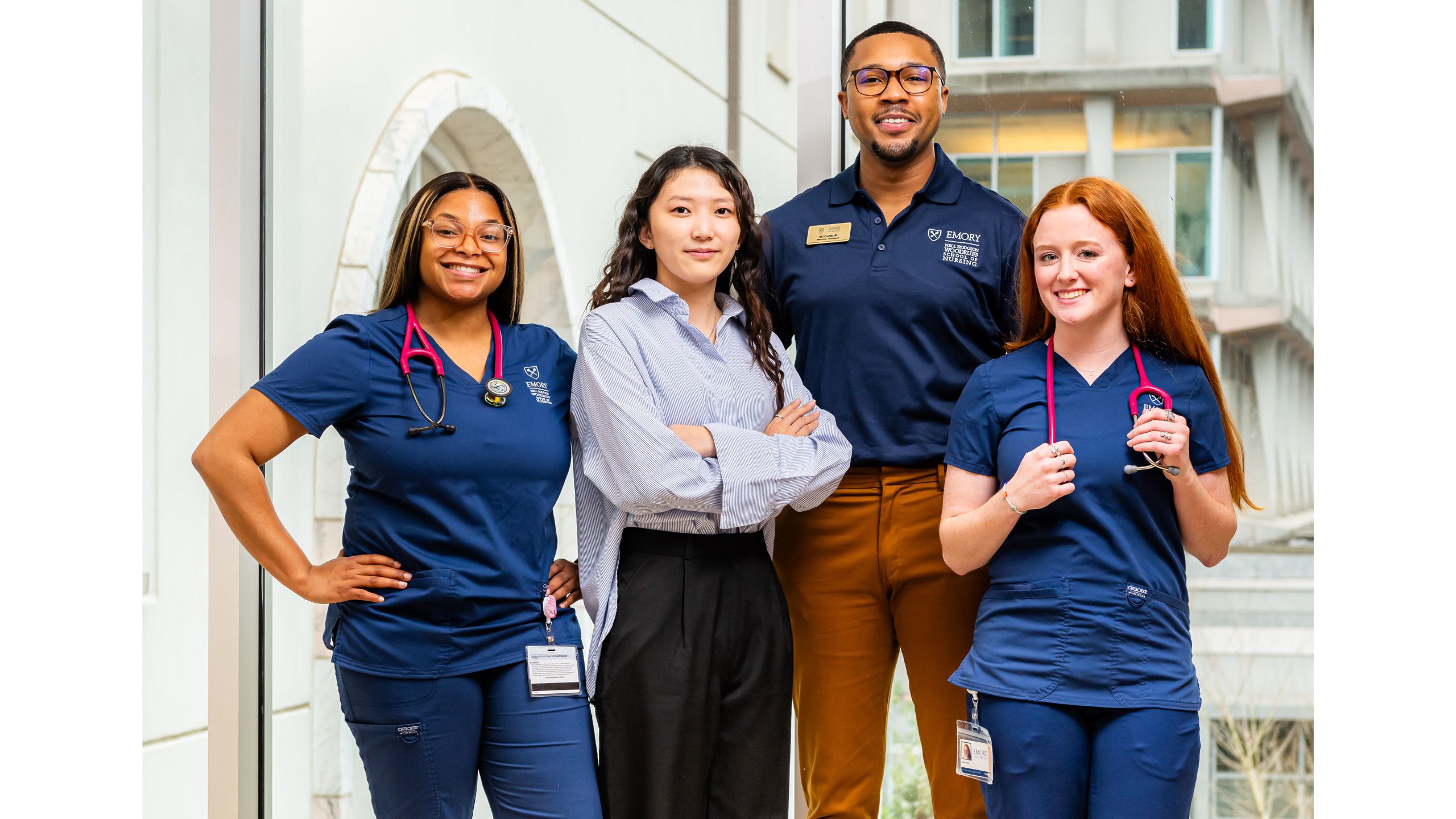
Most people experience a time when they find themselves at a crossroads — faced with a weighty decision that will profoundly affect the future.
According to School of Nursing Dean Linda A. McCauley 79MN, PhD, RN, FAAN, FRCN, the nursing profession stands at such a junction. The path that nursing has traveled to this intersection has been exemplary — nurses are the most trusted health profession, with good reason — but the terrain around the path is increasingly daunting.

Dean McCauley speaks about the school’s accomplishments, including leadership initiatives, at the recent alumni awards dinner.
Dean McCauley speaks about the school’s accomplishments, including leadership initiatives, at the recent alumni awards dinner.
The expertise of nurses is needed throughout the fabric of health care, and that’s why the School of Nursing is fostering a culture of leadership for nurse leaders to become changemakers in our evolving landscape.
“The nursing shortage is a consistent reality,” McCauley says. “Nurses face challenges to their health and wellness, and new health technologies emerge by the minute. Academic leaders need strategies to increase the number of faculty, preceptors and students, and health care systems need strategies to keep nurses in their fold. The diversity of the nursing workforce, along with the diversity of patient populations, requires a new focus and range of work settings.”
McCauley believes that amid these realities, the nursing field needs bold leaders who are unafraid to make unconventional choices — people willing to stand at the edge of the profession to push it forward.
“These issues demand different thinking. We cannot keep doing what we’ve always done,” continues McCauley. “Our profession is at a crossroads that calls for a different kind of nursing leadership.”
Last year, the school launched a webinar series, “Conversations from the Edge,” to explore the crossroads and new models of nursing leadership. Clinical Professor Tim Porter-O’Grady, DM, EdD, ScD(H), APRN, FAAN, FACCWS, was one of the series hosts, along with McCauley and Emory Healthcare Chief Nurse Executive Sharon Pappas, PhD, RN, NEA-BC, FAAN.
“Financial and practice impact are the two primary indicators of value for professions,” Porter-O’Grady says. “Historically, nurses have been on the cost side of the balance sheet and managed as an expense. As a result, nurses feel undervalued because their full impact in advancing health care is not fully acknowledged.”
Lalita Kaligotla, PhD, professor of the practice and senior director for leadership and engagement at the school, agrees. “Nurses are central to the patient experience and the linchpin within health care systems,” she says. “Given their centrality, they have a high potential to lead in many ways. Yet, the leadership roles that nurses play with patients are often hidden.”
As the nation’s largest and most trusted health profession, nursing can influence policy and change. “The expertise of nurses is needed throughout the fabric of health care, and that’s why the School of Nursing is fostering a culture of leadership for nurse leaders to become changemakers in our evolving landscape,” adds McCauley.
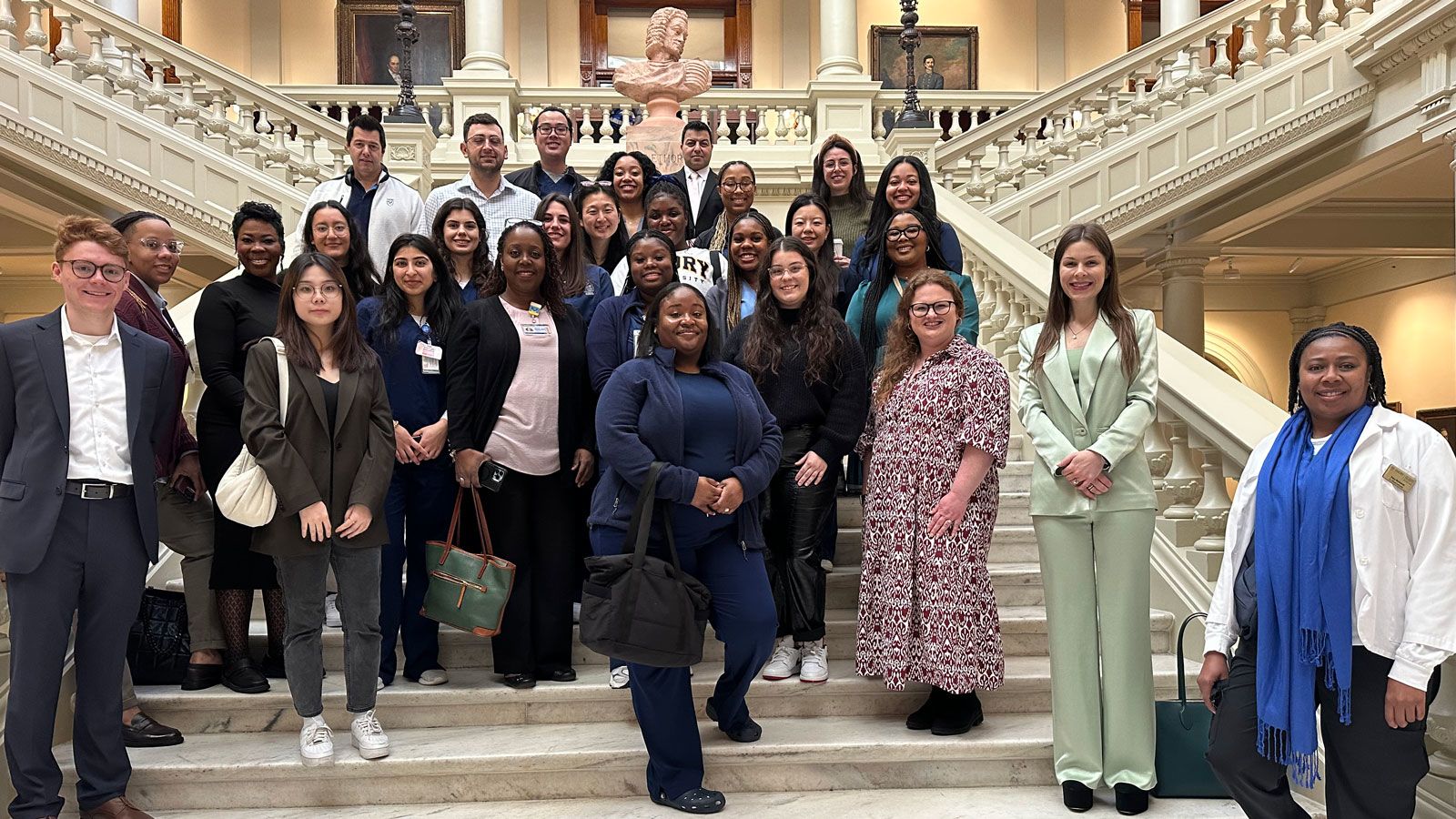
Faculty and students engage in advocacy at the 2024 Nurses Day at the Capitol, sponsored by the Georgia Nurses Association event in March.
Faculty and students engage in advocacy at the 2024 Nurses Day at the Capitol, sponsored by the Georgia Nurses Association event in March.
‘Walking the Talk’ of Leadership
The School of Nursing weaves leadership throughout the student experience, says Paula Tucker 10MSN 24PhD, DNP, FNP-BC, ENP-C, FAANP, clinical associate professor and family/emergency nurse practitioner program director. “The school encourages engagement in committees and organizations, the curriculum integrates robust objectives emphasizing leadership, and faculty members encourage students to refine leadership through research and service learning,” she adds. “These experiences facilitate interprofessional collaboration and contribute to their development, so they are well prepared to make lasting contributions to health care.”
Assistant Clinical Professor Chelsea Hagopian 12BSN 14MSN 18DNP, APRN, AGACNP-BC, models leadership as she accompanies her pre-licensure students to the Georgia Nurses Association’s Nurses Day at the Capitol each year. At this event, students apply the foundational knowledge of leadership they learn in the classroom to engage in policy advocacy around issues that matter to them. The event is one of many opportunities students have to take part in health care advocacy.
Clinical track faculty also participate in community-based partnerships, with several leading U.S. Health Resources and Services Administration (HRSA) grants to advance health delivery in underserved areas. As they involve students in their work, they show how nurses can lead outside typical acute care settings.
“Watching faculty is a rich source of learning that happens as students are in the early formation of their professional identity in nursing,” Hagopian says. “We are walking the talk with our students to model the importance of leading self first in navigating real-world challenges — and demonstrating in our own ways the tremendous potential to affect positive change in the world as a nurse.”
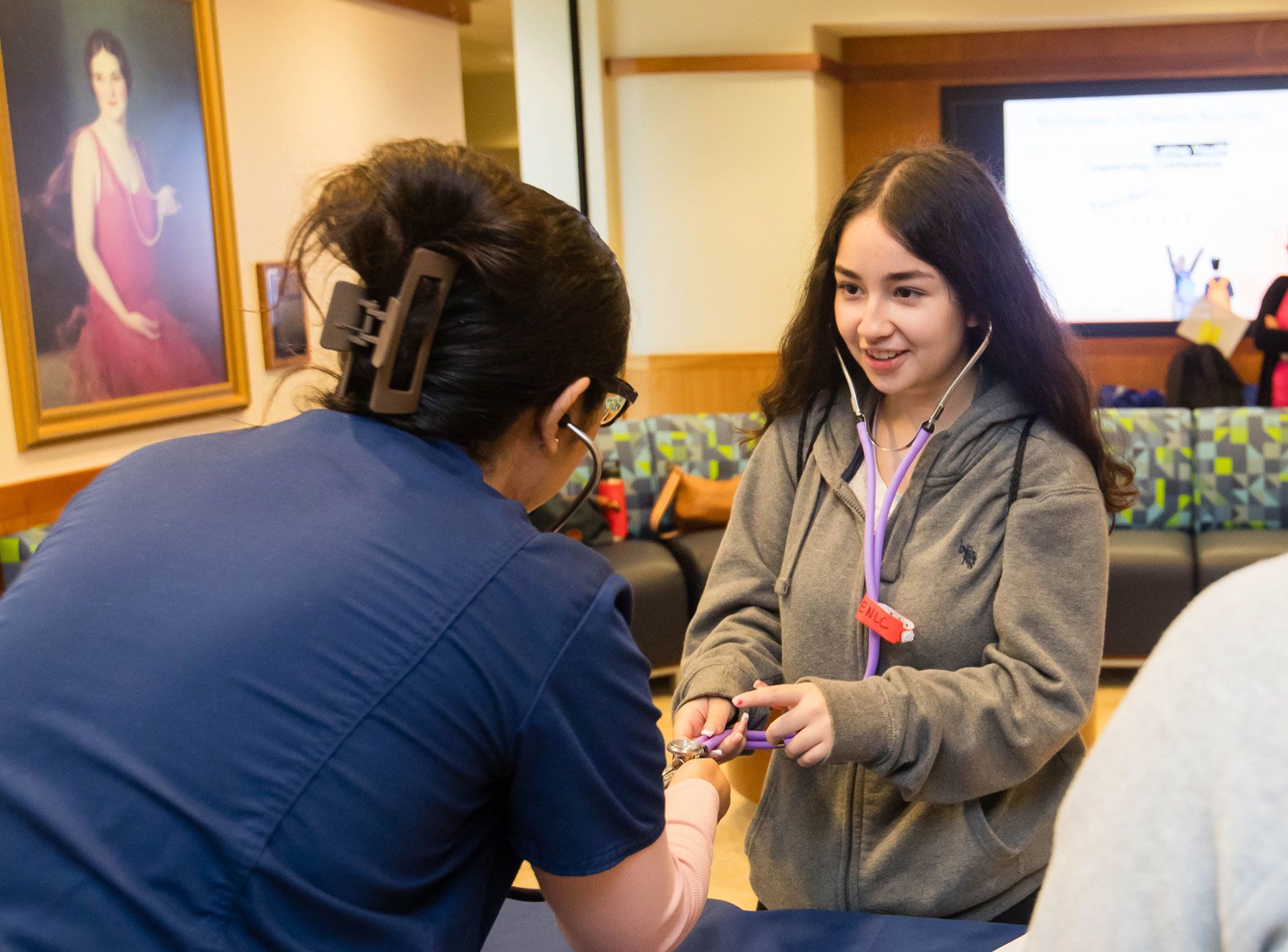
A student learns about the nursing profession at the Latino Youth Leadership Conference.
A student learns about the nursing profession at the Latino Youth Leadership Conference.
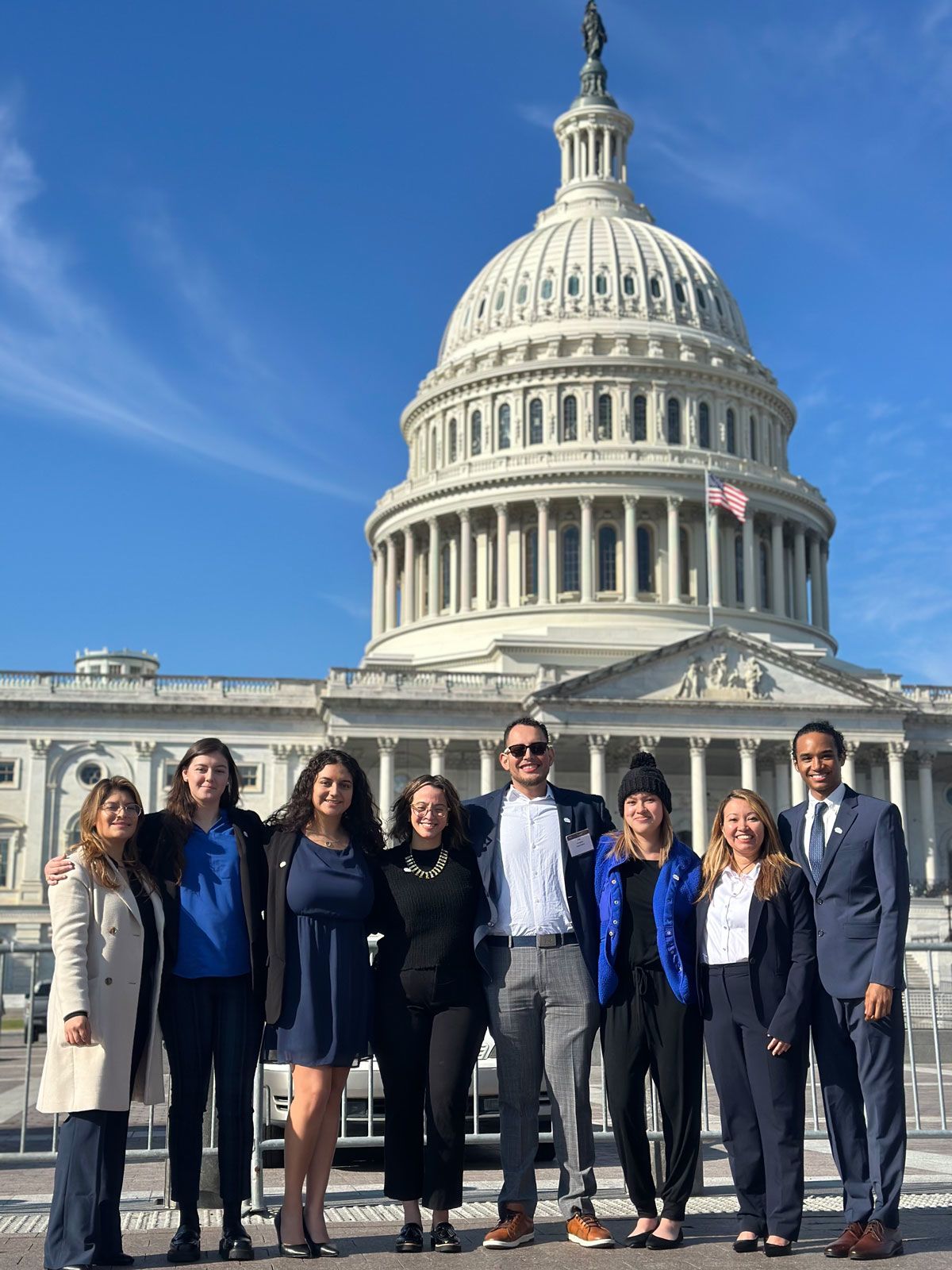
National Association of Hispanic Nurses President and Emory Visiting Scholar Adrianna Nava (second from right) and students Leslie Trejo, Penelope Sugg 24BSN, Kharen Bamaca-Forkel 24BSN, Fabiane Sención, Luis Espinosa, Cassie Ramos 24MN, and Hilario Morales advocate for Latinx health and workforce policy during an association event in Washington, D.C., in February.
National Association of Hispanic Nurses President and Emory Visiting Scholar Adrianna Nava (second from right) and students Leslie Trejo, Penelope Sugg 24BSN, Kharen Bamaca-Forkel 24BSN, Fabiane Sención, Luis Espinosa, Cassie Ramos 24MN, and Hilario Morales advocate for Latinx health and workforce policy during an association event in Washington, D.C., in February.
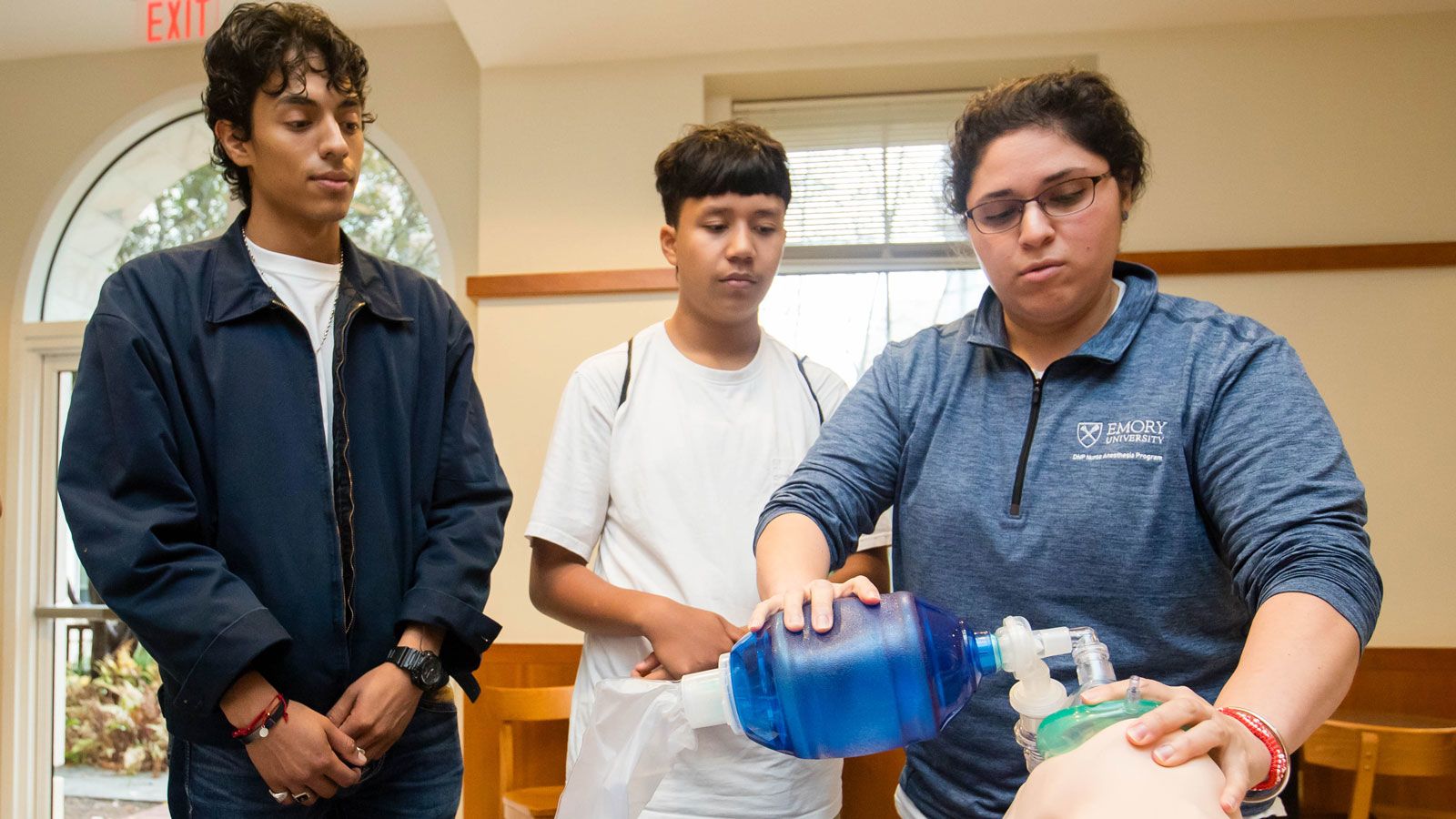
A nurse anesthesia student demonstrates skills to high school students attending the Latino Youth Leadership Conference.
A nurse anesthesia student demonstrates skills to high school students attending the Latino Youth Leadership Conference.
Growing Diverse Leaders
Only 7 percent of registered nurses in the United States report being of Hispanic or Latino ethnicity — a percentage that is disproportionately lower than the overall Latinx population, according to the 2022 National Nursing Workforce Survey.
Statistics like this one — coupled with the understanding that increasingly diverse patient populations deserve a diverse nursing workforce — drive the school to ensure its leadership initiatives focus on diversity.
Each fall, the school participates in the Latino Youth Leadership Conference, where Latinx middle and high school students across the state visit participating Emory schools and explore educational pathways. Emory partners with the Latin American Association to host the conference.
During the conference, nursing student leaders run hands-on, health care-based learning stations for conference participants — introducing them to nursing school and the profession while sharing insights from their journey in the field.
Lisa Nuñez, director of the school’s Lillian Carter Center for Global Health and Social Responsibility and a longtime conference volunteer, says the event instills leadership in both nursing students and conference attendees.
“The middle and high school students take the initiative to make connections and explore future pathways while the nursing students volunteer to uplift the community,” she adds.
Fabiane Sención, an MSN-FNP student who has been involved with the conference for the past two years, says that the conference provides opportunities for Latinx students to see themselves represented in professional fields, including nursing and health care, which are crucial for fostering ambition and breaking barriers.
“The conference opens doors to opportunities often scarce in our community,” she says.
In February, Sención joined fellow Latinx students Luis Espinosa, Hilario Morales, Cassie Ramos 24MN, Penelope Sugg 24BSN, and Leslie Trejo as policy scholars at the National Association of Hispanic Nurses (NAHN) Hispanic Health Policy Summit in Washington, D.C. They participated in a panel discussion led by NAHN President Adrianna Nava, PhD, MPA, MSN, RN, who has been serving as a visiting professor at the school. Along with NAHN student member Kharen Bamaca-Forkel 24BSN, they met with Angela Ramirez, deputy chief of staff for the U.S. Department of Health and Human Services, and U.S. Rep. Nikema Williams to advocate for Latinx health and nursing workforce policies.
Morales, a BSN student, said the conference was transformational, empowering him to use his voice and build his leadership muscle.
“All of us felt honored to tell our stories, and our experiences solidified a deep appreciation for the powerful potential of story sharing to contribute to discussions and shape policies,” he says. “I learned how beautiful it is to share our perspectives because everyone’s upbringing is different, and we have much to bring to the table to create change.”
“Our profession is at a crossroads that calls for a different kind of nursing leadership.”
Dean Linda McCauley
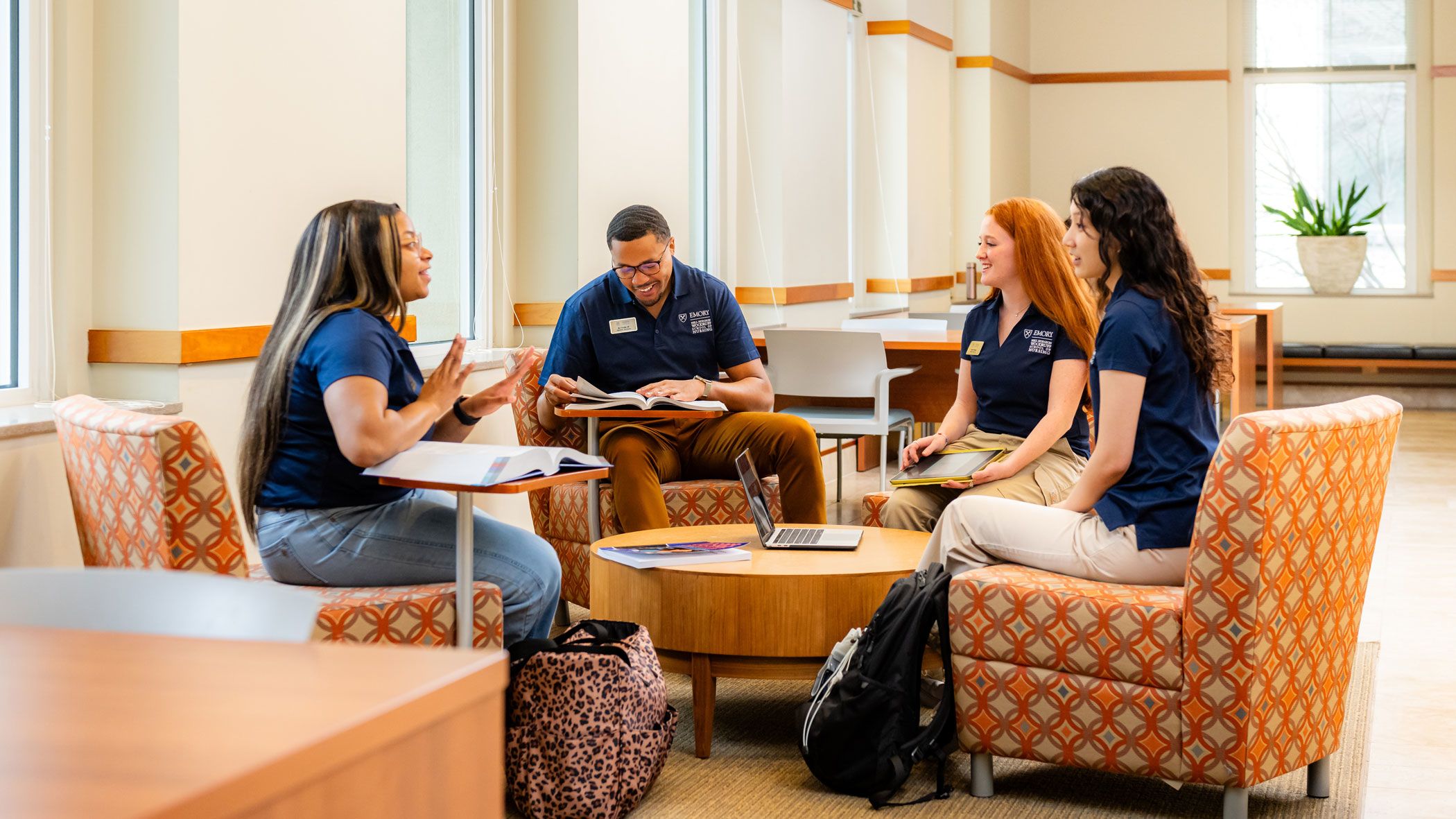

Leading the Drive for Change
Understanding that positive changes in nursing can only happen in the presence of clear and reliable data, the school recently became the new home of the Georgia Nursing Workforce Center, which researches issues of nursing supply and demand. Issues include retention, recruitment, educational capacity, and the distribution of nursing workforce resources. The school collaborates with the Georgia Nursing Leadership Coalition on the center's work and serves as the state representative at the National Forum of State Nursing Workforce Centers.
The center recently released the first report of its kind in the state on Georgia’s advanced practice nursing education programs. The report provided a snapshot of potential increases in this workforce, which helps the state’s nursing schools, health care entities, and policymakers make more informed decisions, specifically around access to care.
“Being housed at the School of Nursing positions the Georgia Nursing Workforce Center to work with the community of interested parties across the state to build a robust data infrastructure and serve as the definitive trusted source for seeking and sharing timely, actionable data on the nursing workforce in Georgia,” says Hagopian, who serves as director of the center.
Individual faculty members have taken up the leadership mantle as well. Shawana Moore, DNP, APRN, WHPC-BC, PNAP, FAAN, and Jessica Wells 12PhD, RN, WHNP-BC, FAAN, are past president and president-elect, respectively, of the National Association of Nurse Practitioners in Women’s Health. Jennifer Adamski, DNP, APRN, ACNP-BC, CCRN, FCCM, is president-elect of the American Association of Critical-Care Nurses, and Erin Poe Ferranti 96Ox 98BSN 01MSN 01MPH 13PhD, RN, CDCES, FAHA, FPCNA, FAAN, serves as president of the Preventative Cardiovascular Nurses Association. Faculty crisscross the globe sharing their expertise at professional conferences, and they inform the public about such issues as health disparities and environmental health.

Shawana Moore, top left, and Jessica Wells, top right, are past president and president-elect, respectively, of the National Association of Nurse Practitioners in Women’s Health. Jennifer Adamski, bottom left, is president-elect of the American Association of Critical-Care Nurses. Erin Poe Ferranti, bottom right, serves as president of the Preventative Cardiovascular Nurses Association.
Shawana Moore, top left, and Jessica Wells, top right, are past president and president-elect, respectively, of the National Association of Nurse Practitioners in Women’s Health. Jennifer Adamski, bottom left, is president-elect of the American Association of Critical-Care Nurses. Erin Poe Ferranti, bottom right, serves as president of the Preventative Cardiovascular Nurses Association.
The school’s focus on AI/data science is another example of how it is leading change. The school has invested in a high-performance computing cluster to perform cutting-edge research and give students real-world experience working with big data, and launched a data science certificate program to equip nurses to use big data to improve health care processes and improve patient outcomes.
The school’s focus on data-driven nursing science aligns with the recommendations from the National Academy of Medicine that all health care systems should include nursing expertise when generating and applying data to support initiatives focused on social determinants of health and health equity.
“In all that we do, we are preparing our students for a complex, data-driven world and fostering their ethical, equity-oriented, and patient-centered leadership,” says Laura Kimble, PhD, RN, FNP-C, FAHA, FAAN, associate dean for academic operations and clinical professor. “Emory aspires to lead, and we are educating our students to be confident leaders who are committed to our profession and will drive innovation that will change the future of our health care system.”
How is the School of Nursing developing nurse leaders?
Increasing the size of programs and the number of graduates.
Building and nurturing strong relationships with practice partners.
Developing new programs such as cardiovascular perfusion and AI/data science.
Launching leadership programs encouraging nursing undergraduate students to pursue a PhD or DNP at Emory.
Using school resources to promote the work of faculty, staff and students.
Supporting faculty scholarship that leads to change in their areas of expertise.
Developing an advanced leadership academy designed specifically for faculty and staff.
Community Voices
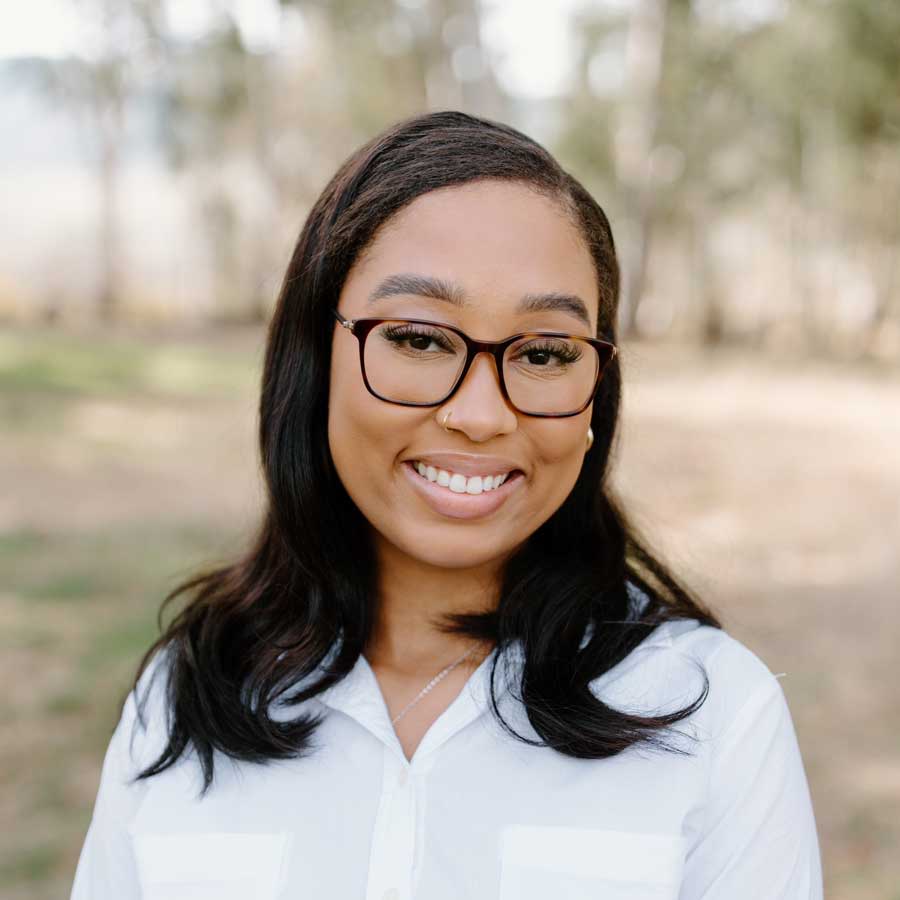
Why is nursing leadership important?
Leadership in nursing is not only important but essential to advancing any health care system. Nurses provide a patient- and community-centered perspective as they understand the needs of populations at a foundational level. Nurses are the backbone of the system, and it is crucial to have their voices recognized to deliver positive patient outcomes.
Elise Cooper 24MN
Nell Hodgson Woodruff School of Nursing
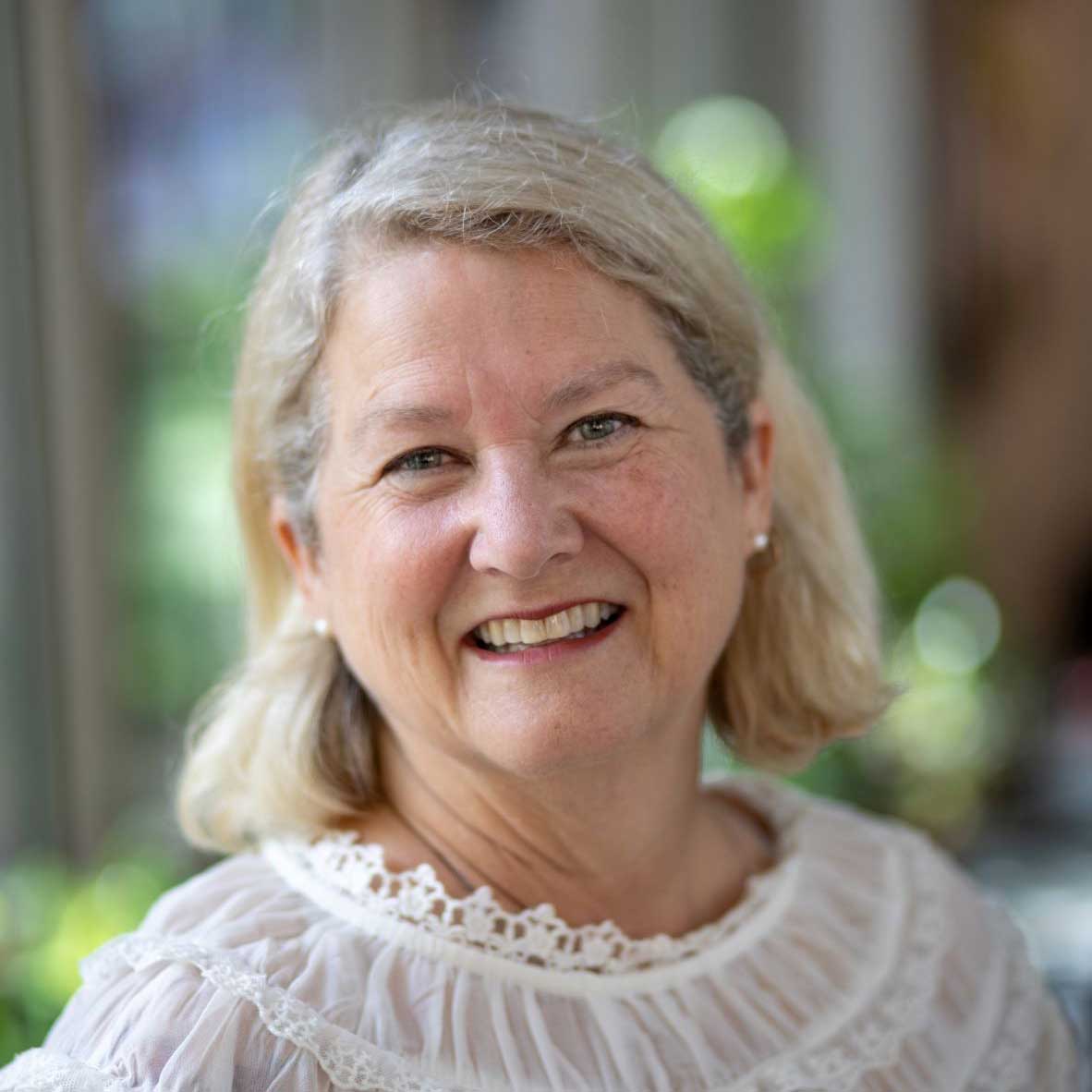
How did the Emory School of Nursing prepare you to be a nursing leader?
The Emory School of Nursing instilled such a good, formative education that I had the confidence and skills to step into leadership roles. I remember being in our old building beside Harris Hall and hearing that more was expected of me because I would be an "Emory Nurse." We had amazing forward-thinking faculty who
were nursing leaders teaching our courses.
Maeve Howett 06PhD, APRN, CPNP-PC, CNE, FAAN
Clinical Professor and Associate Dean for Strategic Initiatives
University at Buffalo-SUNY School of Nursing
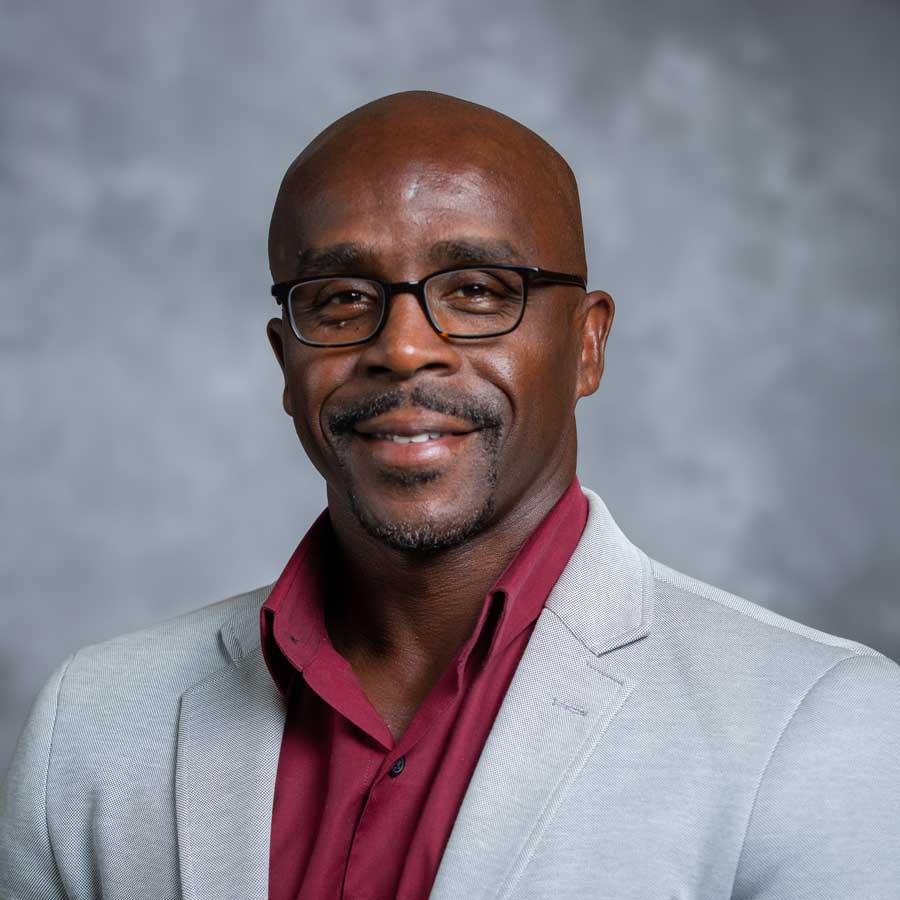
What does leadership mean to you?
Leadership means having the ability to inspire and guide others toward a common goal, fostering teamwork and innovation. This often entails setting a vision, motivating individuals, and making effective decisions to achieve the desired results.
Dyke Crane 23MDiv
Senior Program Coordinator for Diversity, Equity and Inclusion
Nell Hodgson Woodruff School of Nursing
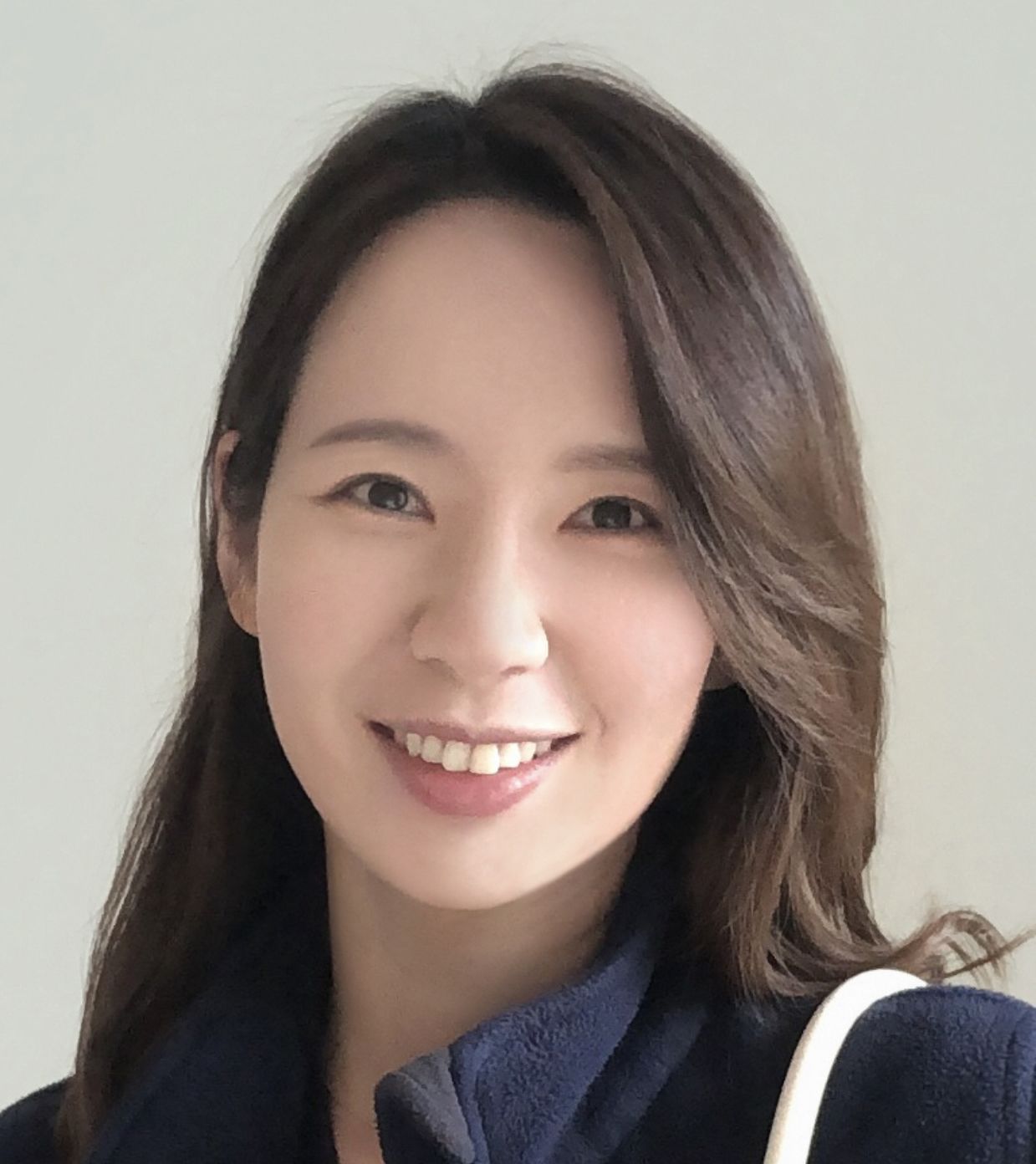
How are you continuing to grow as a nurse leader?
I try to engage with a variety of groups of people to understand different backgrounds and cultures. Also, I think it is very important to be flexible at work to accommodate unforeseen stressful circumstances. Being a member of nursing professional organizations helps me expand my knowledge and explore new approaches that may be helpful.
Somi Kim, CCRN, RN, MSN
DNP Student
Nell Hodgson Woodruff School of Nursing
Shift Nurse Manager/Unit Charge Nurse
Emory Saint Joseph’s Hospital
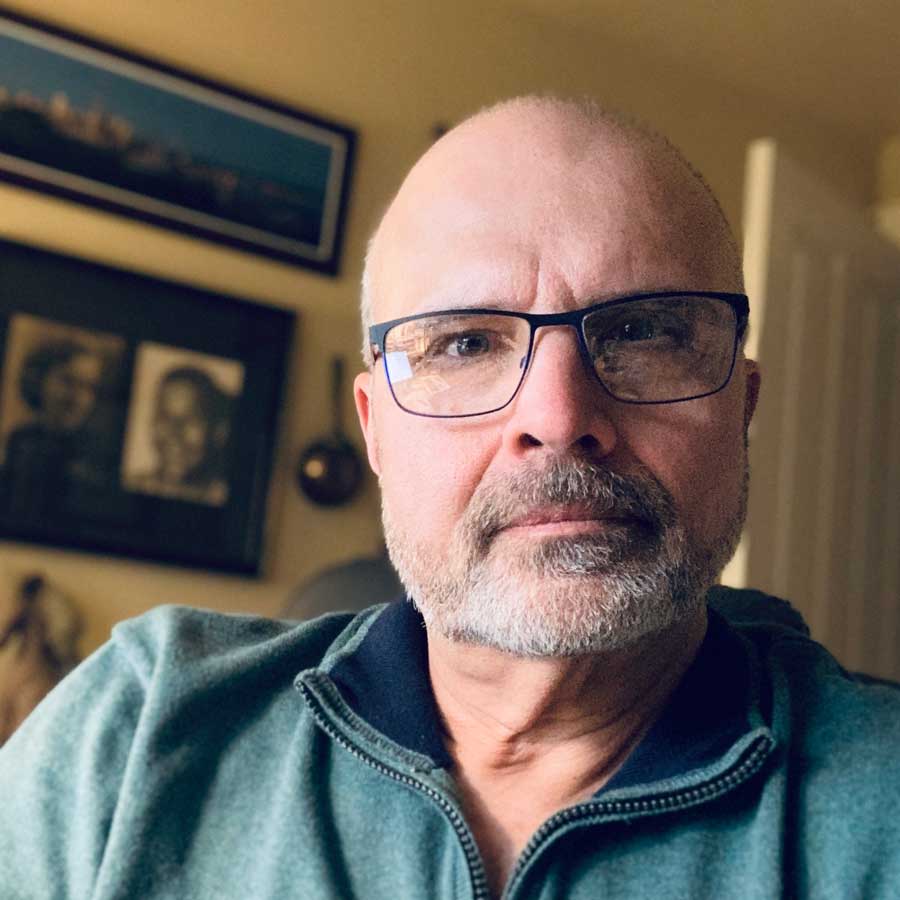
Who modeled nursing leadership for you?
The first one was Margaret Parsons, a faculty member and former interim dean of the School of Nursing who was our class advisor and mentor. She was incredibly down to earth and could talk to you at any level. And she was always a nurse first. When you did clinicals with her at the VA, she had a tiny brass nametag that said, "M PARSONS, RN.’" That was it, and it always stayed with me.
Darrell Owens 90BSN, DNP, FAAN, CT
Associate Medical Director of Palliative Care
University of Washington Medical Center, Northwest Campus
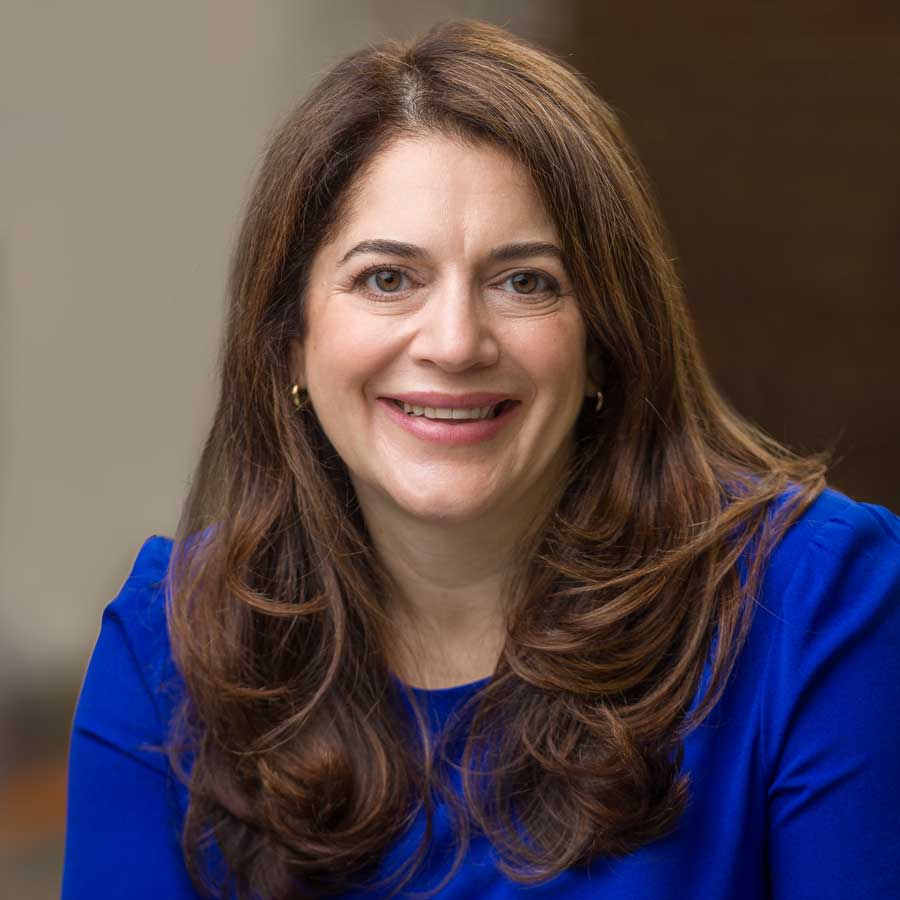
What traits make for a great nurse leader?
Nurses are trained to see all aspects of care from a holistic perspective. This translates well into leadership. Great nurse leaders listen carefully, address needs quickly, are empathetic, and understand how high-functioning teams ultimately deliver the best patient care.
Katherine Abraham Evans 03MSN, DNP, FNP-C, GNP-BC, ACHPN, FAANP
Chief Nursing Officer and Senior Vice President of Clinical Operations
Cardiovascular Associates of America-Novocardia Division
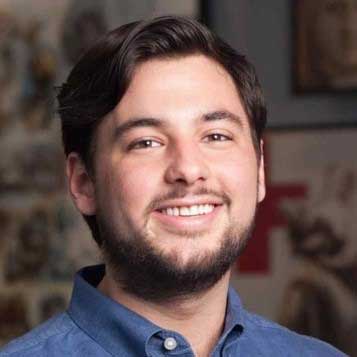
How did your mentors demonstrate leadership?
I was mentored by incredibly talented, hardworking and brilliant nurse scientists who consistently demonstrated the leadership skills needed to manage large interdisciplinary research teams. Specifically, I saw how these nurse leaders could identify the strengths of each team member and support them to contribute effectively to advancing research studies and disseminating findings.
Nicholas Giordano,
PhD, RN, FAAN
Assistant Professor
Nell Hodgson Woodruff School of Nursing

